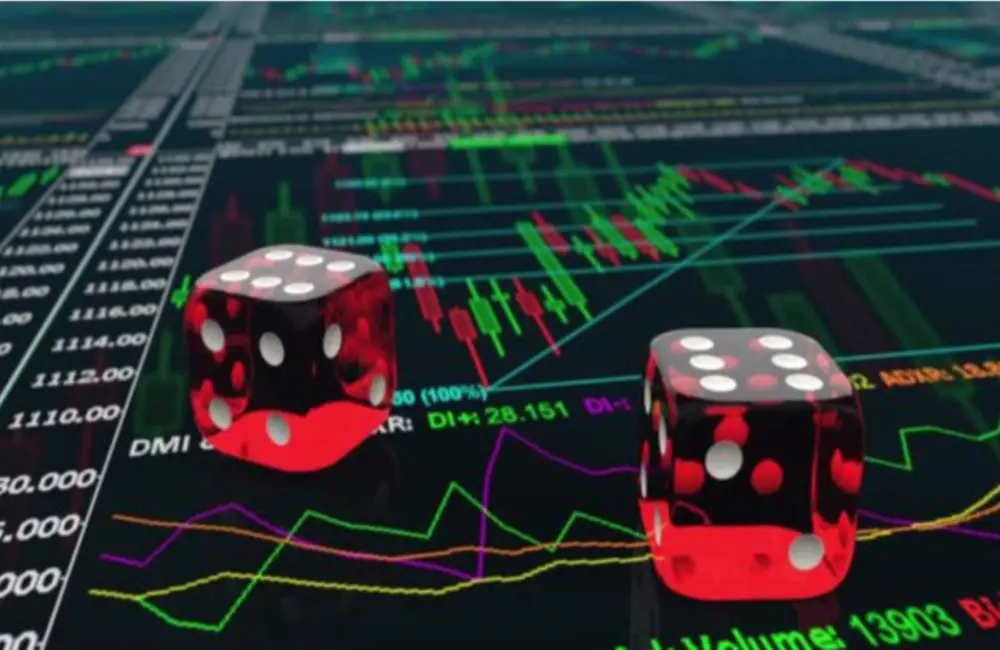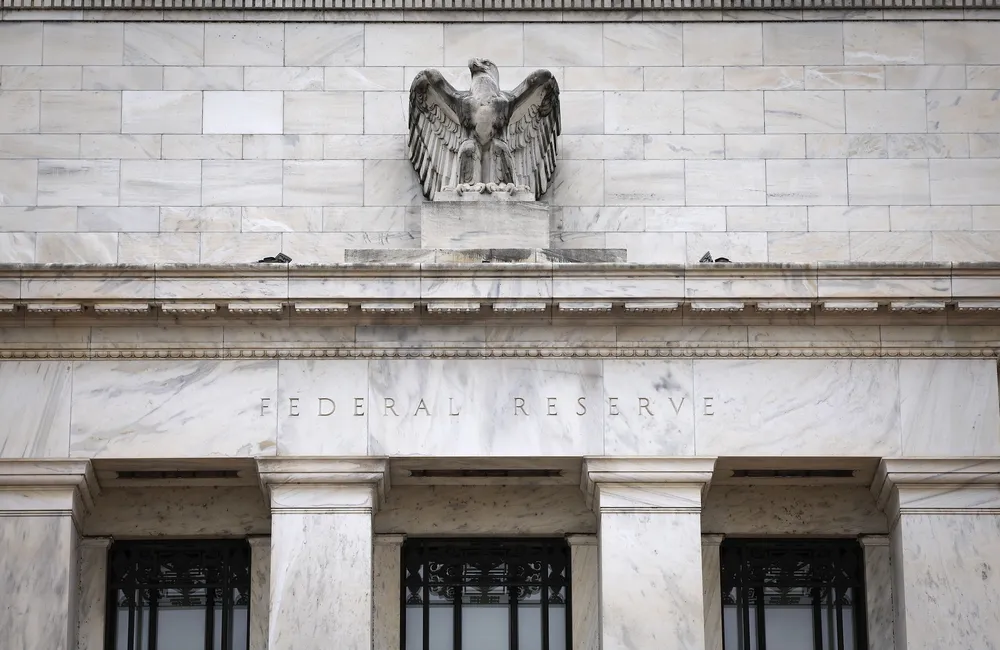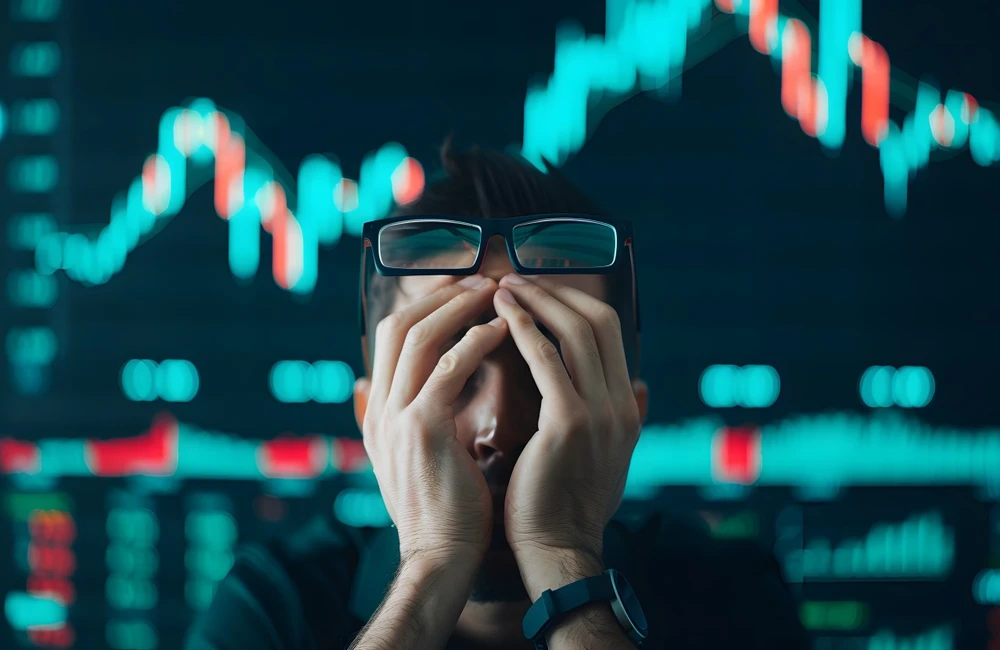So far this morning ASX futures have gradually given up more ground as US markets drifted lower into the close. They were 5 points, or 0.1 per cent, higher at 6949 at 8.30am AEST and pointing to a solid start to trading. Positive opens have turned into closing losses every day this week.
U.S. stocks continued the declines that have pushed the Dow into a correction and the Nasdaq into a bear market this week. The S&P 500 skidded 0.7% and the blue-chip Dow Jones Industrial Average dropped 200 points, or 0.6%. The tech-heavy Nasdaq Composite, the first of the major indexes to enter bear-market territory, declined 0.3%.
Oil prices soared after the U.S. banned imports of Russian oil and gas, an announcement made overnight. The U.K. will also stop importing Russian oil by the end of the year, and is likely to announce plans to reduce gas imports later this week. Allies in the European Union, which relies heavily on Russian energy exports, instead announced plans to reduce gas imports from Russia by two-thirds within a year.
“Not every recession has been caused by an oil price spike but every oil spike has caused a recession,” said Brian O’Reilly, head of market strategy at Mediolanum International Funds. “This is going to be a slow-burn event and will mean sustained pressure on commodity prices.”
At 8.00am AEST, Brent crude traded 4.8% higher at US$129.10. At close, locally, the S&P/ASX 200 was down 0.8% at 6980.3 on Tuesday as the energy and material sectors plunged on soaring oil prices. This is the lowest finish since 31 Jan when the benchmark index was at 6971.6. The standout sector was healthcare, up 1.9%, while energy stocks dropped 3.6% and materials shed 3.3%. CSL was up 2.8%, and Mesoblast and Imugene were the top performers following 4.0% and 4.4% lift, respectively. In comparison, iron ore stocks such as Rio Tinto, BHP, and Fortescue Metal lost 4.3%, 3.7%, and 4.5%, respectively. Losses on Tuesday included Ampol, down 4.2%, and Woodside Petroleum, off 4.2%. In commodities, gold futures rose 3% to $US 2057.60; Iron ore tumbled 0.3% to US$162.25 per tonne. Bond markets saw the safe haven of government debt offset by inflation while the yield on the 10-Year Treasury Notes was up to 1.84% and the Australian on the 10-year bond lifted to 2.22%. “While there is still an element of the safe-haven trade, this is being overwhelmed by inflation concerns,” Principal Global Investors chief strategist Seema Shah said. Overnight, the Australian dollar eased, buying 72.68 US cents at 8.00am AEST, down from 73.14 at the previous close, and the UK pound was fetching A$1.6777, down from A$1.6794. The WSJ Dollar Index, inverted-based compared to 16 other currencies, edged up to a value of 91.53.
Asia
Chinese equities struggled in the session, plunging sharply amid a whirlwind of selling across Asian stocks as investors lamented the potential for a ban on Russian crude imports from the US and its European allies. The benchmark Shanghai Composite Index dropped 2.4%, its lowest close since November 2020. The Shenzhen Composite Index fell 2.9%, while the ChiNext Price Index lost 1.8%. Commodity stocks like metal miners and coal companies drove the decline.
Hong Kong’s benchmark Hang Seng Index dropped 1.4% as fears remained high about rising commodity prices from the Russia-Ukraine warfare. In Asia, oil and base metals price gains are testing nerves as the region is a significant net importer of both, Oanda said. The biggest losers on the HSI were BYD Co., which fell 9.4%, Country Garden Services, which dropped 8.8% and China Resources Beer, which declined 8.5%. CSPC Pharmaceutical was up 3.9% and Link REIT was up 3.0%. The Hang Seng TECH Index fell 3.2%.
Japanese shares closed lower after sharp falls in steel and bank shares, as concerns about the war in Ukraine and its impact on global trade mounted. Shares of Nippon Steel fell 6.5% and Sumitomo Mitsui Financial Group lost 5.5%. The Nikkei Stock Average declined 1.7% to 24790.95, ending below the 25000 threshold for the first time since November 2020. Ukraine developments stayed in focus after Ukrainian and Russian negotiators concluded a third round of talks Monday with little progress.
Europe
European stocks fell as investors assessed fresh developments in the Russia-Ukraine crisis. The pan-European Stoxx Europe 600 declined 0.5%.
The Stoxx’s biggest loser was the Anglo-Russian mining group Polymetal International, which dropped 47%. Energy stocks rose as oil prices climbed after the United Kingdom said it would phase out Russian oil imports by the end of the year, mirroring a ban by the United States. “There appears to be little prospect of the rest of Europe following suit but the move has put inflation and supplies back to the forefront” say IG analysts.
In London, the FTSE 100 gained 0.1%, and prices for crude oil continued their march higher and traded over $130 a barrel, according to CMC Markets UK. BP and Shell once again set the pace while precious-metals mining company Fresnillo also delivered solid full-year figures, it notes.
North America
US stocks whipsawed on Tuesday, alternating between losses and gains as investors scrambled to process a flood of headlines despite rising bond yields and oil and gold prices a day after oil inflation sentiment pushed the Dow Jones Industrial Average into correction territory.
The S&P 500 dropped 0.7% and the blue-chip Dow Jones Industrial Average slipped 0.6%. The technology-dominated Nasdaq Composite, whose reading fell first into bear-market territory of the major indexes, dropped 0.3%.
Investors are racing to assess the potential wider implications of Russia’s invasion of Ukraine and the general Western response. Market turbulence has surged as tensions between the West and Russia have reached new heights. Exploding commodity prices seem to shore up the possibility that global growth could take a hit, and have clouded the outlook for central banks trying to suppress inflation by raising interest rates.
Analysts monitoring the markets said the selloff this morning switched course suddenly following an interview where Ukrainian President Volodymyr Zelensky appeared to dismiss Ukraine’s joining NATO and expressed openness to a possible deal with Russia that would bring hostilities to an end.
And the interview, which aired on ABC News, behind the market’s rapid turnaround, said Michelle Cluver an analyst at financial-services firm Global X. “It was such a big change of view,” she said and raised the prospects that the war would end soon.
Now it will be up to the market to monitor for signs of any real de-escalation, she said.
The morning saw particularly volatile swings in equities as investors groped for a level that might present enough value to make it worth buying again, according to analysts. Moves like these are not uncommon after large selloffs like Mondays. Whether they can last is another question, said Peter Boockvar, chief investment officer at Bleakley Investment Advisors.
“Sure, one could have a dead-cat bounce, but this is far from over,” he added.
The Biden administration announced a ban on imports of Russian oil on Tuesday, briefly soaring crude prices. Brent crude was at about $130 a barrel and settled up 4.8 percent at $129.10 at 4pm New York. That comes after the prices of gasoline in the US hit a record, surpassing the high last reached in 2008.
The most dramatic effects of Russia’s invasion have been seen in commodity markets partly because Russia is a producer of many resources. Prices for oil, natural gas and other important raw materials like metals and grains have skyrocketed, putting more strain on businesses and households already facing the pressure of rapidly rising inflation. Concerns that the US might be about to bar imports of Russian oil have sent crude prices shooting, stoking fears of recession.
Even with appetite for haven-like assets, investors sold off US Treasury notes Tuesday. The yield on the benchmark 10-Year note climbed to 1.870% from 1.748% on Monday. Bond prices and yields go in opposite directions.
“There’s still a small element of the safe-haven trade, but this is being trumped by inflation concerns,” said Seema Shah, chief strategist at Principal Global Investors.
The flight into havens pushed gold into record territory. Gold rose 2.3% to $2,040.10 a troy ounce, after earlier breached its previous closing record, hitting $2,051.50 on Aug. 6, 2020, according to Dow Jones Market Data.
But the biggest move, relative to the size of the market, was in nickel. Nickel prices more than doubled to all-time highs Tuesday as the war in Ukraine stoked fears of supply disruptions of the metal, an essential ingredient in electric-vehicle batteries. The London Metal Exchange halted trading in nickel after the wild price fluctuations.
Investors are grappling with an extraordinary amount of uncertainty, with headlines coming in minute by minute, said Naeem Aslam, an analyst at AvaTrade. The impact of oil sanctions will cascade through the global economy, he added, and affect everything from energy to banking to consumer spending. “The clarity is not there, just not there,” he said.
In corporate news, Mandiant dropped 2% after Alphabet’s Google announced that it had reached an agreement to acquire the cybersecurity company for about $5.4 billion. Uber gained 7.6 percent after The Wall Street Journal reported that the ride-hailing company was launching a campaign to beat back efforts to classify its workers as employees, paving the way for them to form unions.
On Monday, the Dow Jones index entered correction territory for the first time in two years, the Nasdaq Composite Index entered a bear market and the S&P 500 suffered its worst one-day fall in about a year and a half. Indeed, the three indexes have traded below their 50- and 200-day moving averages since at least mid-February, which is a sign of reticent investors.
The fact is, the Dow on Tuesday logged its first “death cross” since the March 23, 2020, nadir of the pandemic selloff. A “death cross” refers to the situation when the 50-day moving average drops below the 200-day moving average. That is a sign that sentiment in the short term has dried up more than sentiment in the long term.
“I think the market is in shock right now. With the seismic change we have witnessed, all of us are questioning what the endgame will be,” said Brian O’Reilly, head of market strategy at Mediolanum International Funds.

























